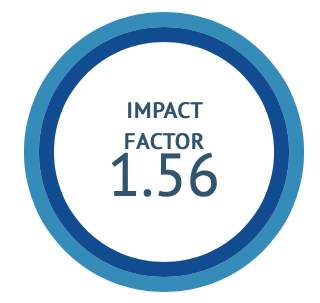Two – Arm, Randomized, Open Labeled, Comparative, Prospective Clinical Study to Assess the Efficacy of Amalaki Ghrita Aashchyotana versus Hydroxypropyl Methylcellulose Eye Ointment in Dry Eye Syndrome with special reference to Shushkaakshipaka
DOI:
https://doi.org/10.47552/ijam.v13i4.3045Keywords:
Shushkaakshipaka, Amalaki Ghrita Aashchyotana, Dry eye, Hydroxypropyl MethylcelluloseAbstract
Background: Increased computer work hours, reduced blinking and effect of light rays and radiation lead to raised number of cases of dry eye. Amalaki Ghrita Aashchyotana can be useful in the management of dry eye. Objectives: to compare the clinical efficacy of Amalaki Ghrita Aashchyotana with Hydroxypropyl Methylcellulose (HPMC) eye ointment as a surface lubricant in dry eye syndrome with special reference to Shushkaakshipaka. Methods: In an open labeled, comparative, randomized, prospective clinical study, 60 patients of Dry eye syndrome were randomly selected randomly and categorized into 2 groups, each comprising 30 patients each. Patients in trial group were given Amalaki Ghrita Aashchyotana while patients in the control group were given local application of HPMC eye ointment for consecutive 90 days. Patients were assessed on various clinical parameters before and after the treatment. The data generated through clinical study was subjected to appropriate statistical tests. Results: On treatment of Amalaki Ghrita Aashchyotana in trial group and HPMC eye ointment in control group for 90 days showed significant difference in all objectives as well as subjective parameters on intra-group comparison. The statistically insignificant inter-group comparison shows that both the treatments were equivalent. No adverse events during or after the completion of study in any of the groups. Conclusion: Amalaki Ghrita Aashchyotana is equally efficient as HPMC eye ointment in Dry eye syndrome and has more advantage over HPMC ointment, as it also can help to improve visual acuity.
Downloads
Published
How to Cite
Issue
Section
License
Copyright (c) 2022 International Journal of Ayurvedic Medicine

This work is licensed under a Creative Commons Attribution 4.0 International License.
The author hereby transfers, assigns, or conveys all copyright ownership to the International Journal of Ayurvedic Medicine (IJAM). By this transfer, the article becomes the property of the IJAM and may not be published elsewhere without written permission from the IJAM.
This transfer of copyright also implies transfer of rights for printed, electronic, microfilm, and facsimile publication. No royalty or other monetary compensation will be received for transferring the copyright of the article to the IJAM.
The IJAM, in turn, grants each author the right to republish the article in any book for which he or she is the author or editor, without paying royalties to the IJAM, subject to the express conditions that (a) the author notify IJAM in advance in writing of this republication and (b) a credit line attributes the original publication to IJAM.




